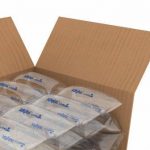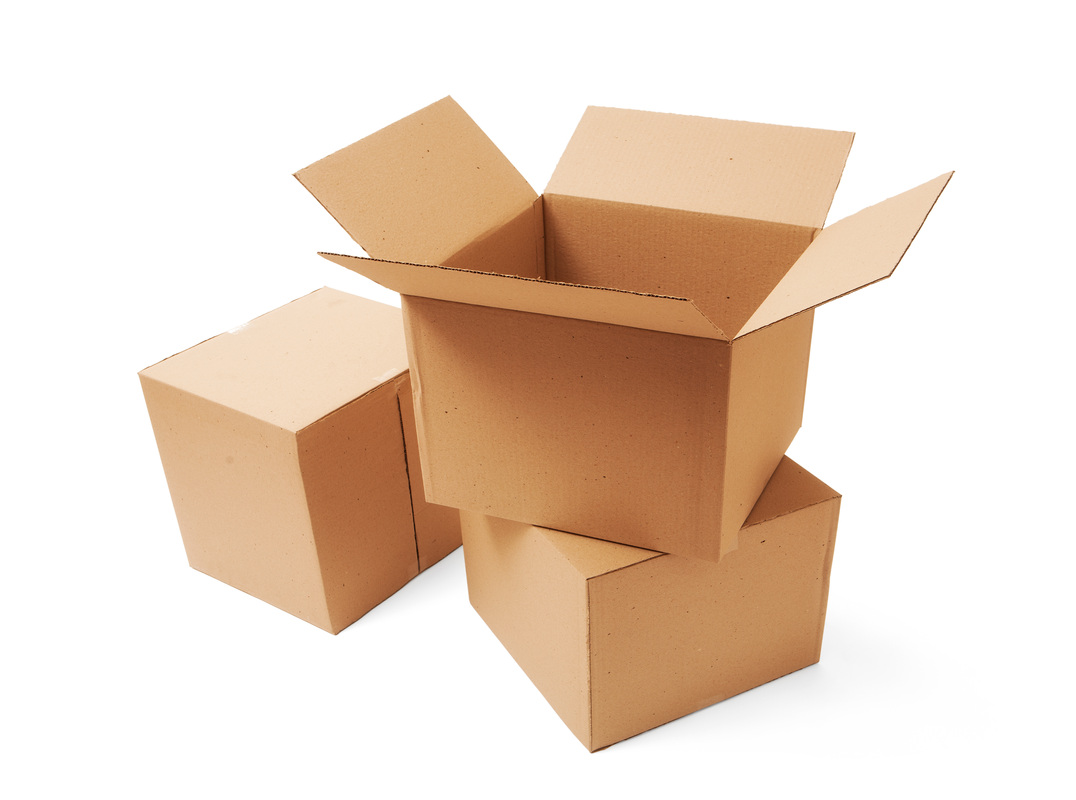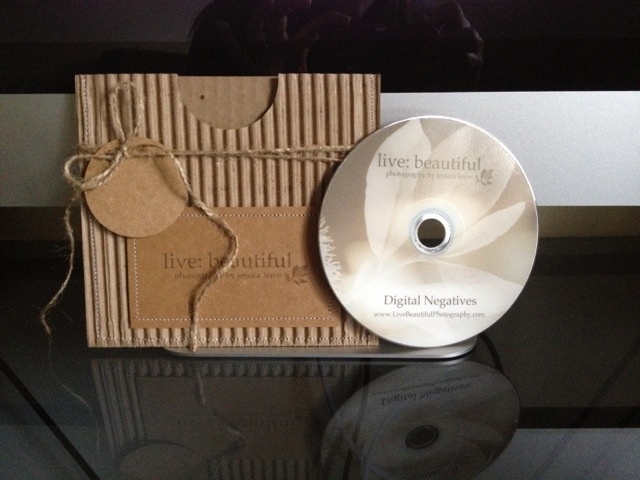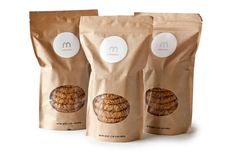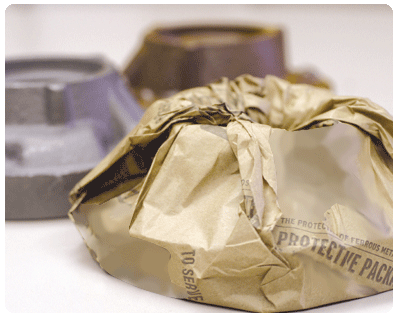Cushioning is one of the important and core steps in packaging process. Now-a-days, this cushioning is considered to be a default step while packing an item. Again the type of cushioning would be determined based on the type of shipment of the product or goods.
In packaging cushioning will need to protect the object hazards like:
- Shock and vibration that might damage the product or change the position of the product in the packaging
- Punctures, dents, abrasion, grime, and distortion results in damage of the product
- Compressive forces those acts on packages during shipment and in storage
- Environmental hazards those includes different temperatures and relative humidity , water, pests, and pollutants
The common types of cushioning are loose fill, paper fill, corrugated fiberboard pads, foam structures, molded pulp, inflated products like bubble wrap, etc,. Many designs are invented, those absorb a proportion of hazard and keep the packed product intact. Well established designs are molded designs with different materials that have come into access to the market. Majorly thermoformed end caps, molded pulp cushioning, molded plastic foam and molded protective cases and inserts.
The fragile goods, such as glass, ceramics, porcelain, or sensitive electronic products, computers and electronic home entertainment equipment, are particularly susceptible to mechanical stresses and are supposed to be protected. While, in addition to the protection of the package contents, cushioning materials may also be used to adjust the packages to a standard size, in which case they act as adapters between nonstandard package contents and the packaging. Hence the dynamism in products are demanding for dynamic modularity in shipping packages.
The selection criteria for cushioning materials are very vital and considered to be benchmarks for decision making.
- Sensitivity classification of package contents
- Stresses during transport
- Static area load
- Recovery
- Specific weight
- Resonance behavior
- Stress range of the cushioning material
After following all the criteria, the ultimate challenge comes at the cushion shape fitting with the product shape. So the recent innovation in this area includes the machine that produces the desired shapes at desired sizes with just the specifications input into the system.
Instapak iMold Automated Foam Packaging System from Sealed Air is a system that can operate to produce any size and can enjoy automated production of custom engineered foam packaging. The Instapak iMold system is a very simple system, combined with the superior protection of engineered Instapak foam packaging with the efficiency of automation normally reserved for high-volume operations. This system significantly reduces man power and ensures that each cushion is consistently a perfect fit for your specific packaging needs. The advantages from Instapak iMold system are:
- Advanced Design for Unparalleled Quality and Versatility of the system is very easy to use foam-in-place machine and incorporates the latest technology. The RFID technology recognizes mold changeovers and loads the correct cushion recipe to provide error-free operation.
- Touch screen display enables the system to minimize the easy to use set up.
- Create a Perfect Mold is possible with the ideal technology and its application.
- Just-in-Time Production and Just-Right Integration is possible through Instapak iMold system. The modest footprint, decentralized format and cell packaging environments make sure the smooth running of production.
Challenges are always there in the innovations. However, the market and industry are going to take the advantage of these inventions because of the demand a product packaging has in the market. And this market doesn’t have any limits in terms of industry.

